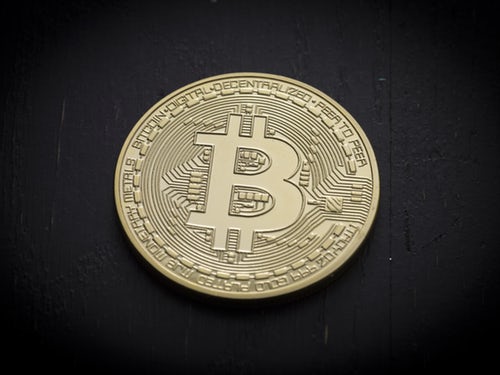Let’s look at just a brief history of Chinese currency manipulation part of the growth strategy of the Communist Party has been to hold down the value of the Chinese currency and therefore subsidize Chinese exporters it might seem in traditional economics that this will lead to too much exporting and too high a set of prices for imports but there is a possible way of giving an economic rationale for this policy think of China right after it emerged from its reforms of the late 1970s and early 1980s as simply not having enough commercial or enough capitalistic interest groups by subsidizing exporters the Chinese created a new set of interest groups that would over time push the economy in the country toward more commercially oriented policies on this graph the higher we’re located say up here the greater the number of wan it is taking to purchase a United States dollar and thus the weaker is the value of the Chinese currency if we think of the Chinese reforms as starting at around 1979 what we see is an extended period of time where the value of the Chinese currency is declining here starting in 1980 up through the mid 90s and part of that was due to Chinese currency manipulation that is a deliberate attempt to create more Wan sell those wan on world markets and keep down the value of the Chinese currency since that happened what we find since the mid-1990s is very slowly the value of the Chinese currency has been rising again with a notable acceleration in that process over the last few years that’s an indication that the Communist Party is moving away from the strategy of currency manipulation and allowing the domestic currency to find its appropriate level you will note that the Chinese government sterilized this new money creation that is they did not want it to seep into the Chinese economy and create very high rates of inflation so in essence they devoted real resources to sell bonds for that new money pull the new money back out of the economy and a way to think about this is that some years the Chinese government was spending about nine to ten percent of GDP simply manipulating its exchange rate and subsidizing its exporters so by taking the Chinese currency to buy dollars over so many years the Chinese government has accumulated huge US dollar reserves and you will note the government is in large part just sitting on these reserves it’s hard for the government to sell off too many of those reserves at once because that would in essence drive down the value of the US dollar in to some extent reverse the Chinese policy of currency manipulation you can see from this picture that Chinese dollar based reserves are now over three point six trillion dollars and this process of reserve accumulation it really starts to pick up here in the mid to late 1990s when China is exporting more and more the more successful is the Chinese export machine well the more the Chinese government has to accumulate dollar reserves to keep the value of the Chinese currency from rising just to review once more that historical table on the value of the Chinese currency well the one relative to the dollar is really starting to rise at about two thousand five at which point it is rising pretty steadily and we can see that prices really do matter so if you think of the wand as starting to rise in value at around two thousand five well if you look at this graph here which is the Chinese current account surplus as a percentage of GDP at around two thousand five well that really starts falling quite dramatically the Chinese current account surplus as a percentage of Chinese GDP it’s peaking at around two thousand six when it’s about ten percent of Chinese GDP and since that time for a number of reasons as you see here again it has really been falling one is the higher value of the Chinese currency but another big big reason is simply the financial crisis in the West which hurt the Western demand for Chinese and other products that limited China’s current account surplus as a percent of GDP but even as some nations began to emerge from their financial crisis or from their recession what we find is not a return to the yelled pattern but rather a new equilibrium where China is not merely doing exporting but rather is doing exporting and importing and the Western nations have in some regards cut back on their net trade deficit with China you can look here at the u.s. current account deficit as a percentage of GDP the lower we are on this vertical axis the higher the u.s. current account deficit and what we see is that current account deficit reaches a peak at around 2006 when it is almost 6 percent of GDP at the same time that the Chinese current account surplus is diminishing the u.s. current account deficit is growing smaller too and that is rising more or less continuously over this point in time and we see that the u.s. is moving much closer toward trade balance and the u.s. current account deficit is now just a bit more than 2 percent of GDP as opposed to almost 6 percent of GDP and we can think of this process as a series of price effects and income effects through which the US Chinese trade balance is slowly moving into a new equilibrium to read more on all of this you can google the key terms of this including through news.google.com for the latest developments see also our broader video on currency manipulation in general and we have also found very useful this piece cited here China’s growth stability and use of international reserves.

Your Source For Currency Signals